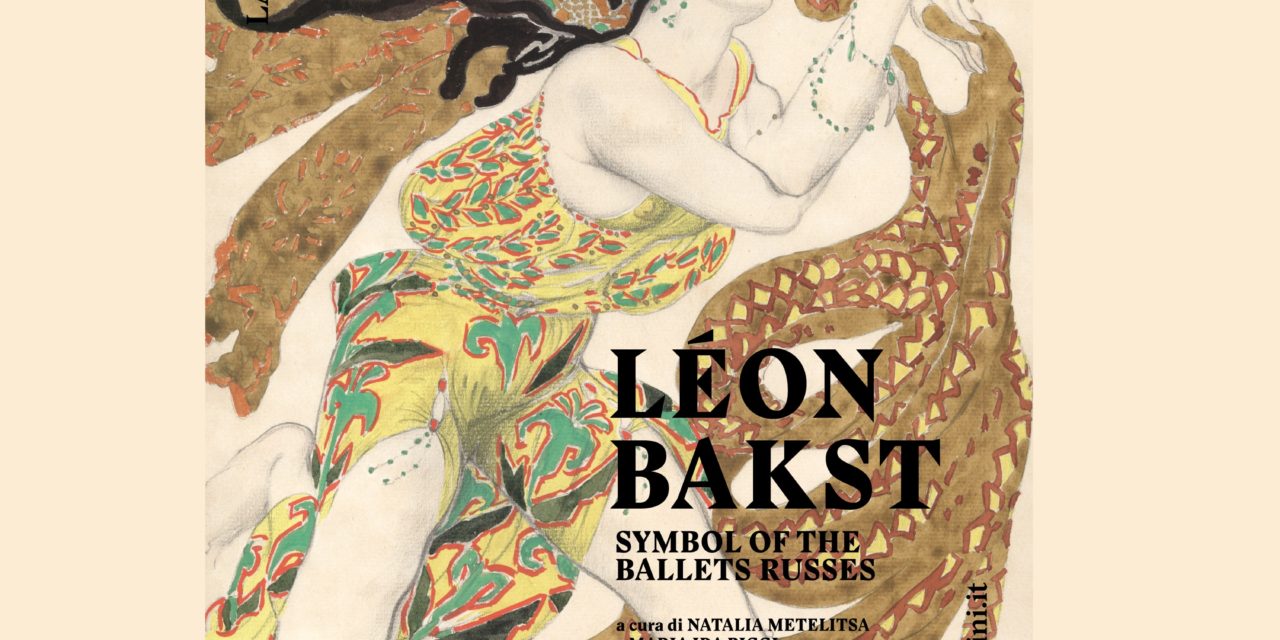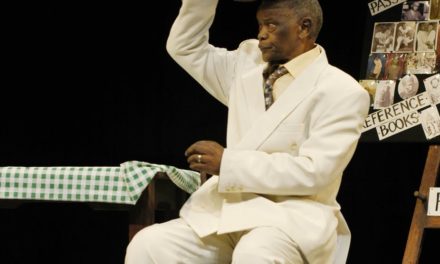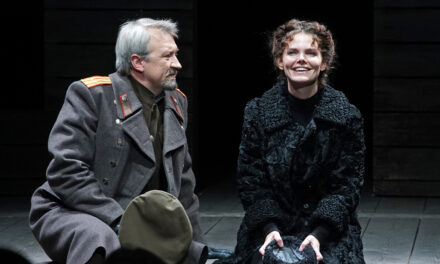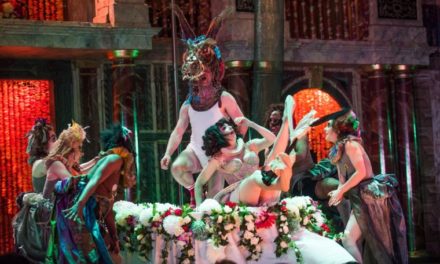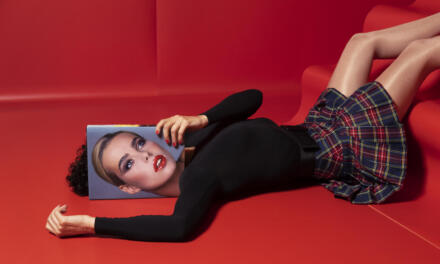The documentary exhibition Léon Bakst: Symbol Of The Ballets Russes is a unique occasion to admire at the Palazzo Cini in Venice, from October 5 to November 19, 2018, the first-ever Italian display entirely devoted to the brilliant set and costume designer for the Ballets Russes (curators professors Maria Ida Biggi and Natalia Metelitsa). This fascinating travel into Bakst’s artistic career is the result of the work of some prestigious cultural institutions: the Institute of Theatre and Opera of the Giorgio Cini Foundation, and the Saint Petersburg State Museum of Theatre and Music, in collaboration with CSAR–the Study Centre on the Russian Art at Ca’ Foscari University in Venice. It is part of the project “Russian Season in Italy,” organized by the Russian Ministry of Culture for the year 2018.
The name of Léon Bakst (Grodno 1866–Paris 1924) is linked to the success of the Ballets Russes, the worldwide famous company of dancers founded by Sergey Diagilev (Novgorod Region 1872–Venice 1929). This exhibition celebrates–with costume designs, photographs, and original stage costumes–his versatile creations, which proposed a refined combination of typical elements from Greek tragedy, European Symbolism, and Russian traditions. During his collaboration with Diagilev from 1909 to 1921, Bakst realized the scenery for some of their best productions: Cleopatra, Narcissus, Carnival, The Firebird, The Spirit Of The Rose, The Afternoon Of A Faun, and many others.
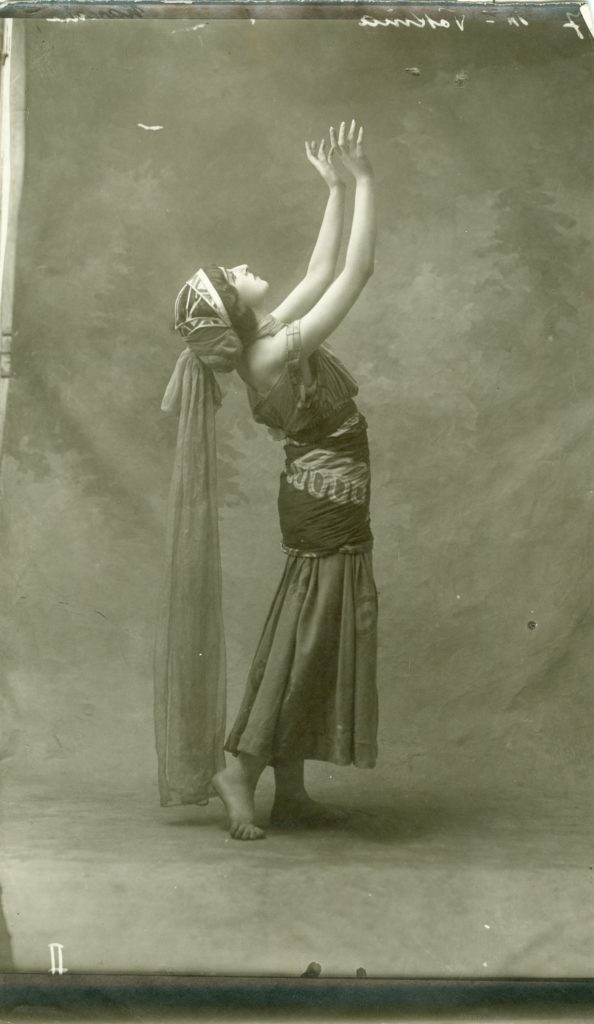
Vera Fokina in Narcissus, 1911. Photo by A. Bert. © St. Petersburg State Museum of Theatre and Music
He worked also as a stage and artistic director for the Ballets Russes, and his drawings reflect his ability to understand the deep soul of the characters and the artists. In fact, his graceful costumes with bright colors helped increase the aesthetic impact of the performances of great dancers such as Anna Pavlova, Vera Fokina, Tamara Karsavina, Ida Rubinstein, Bronislava Nijinska, and Vaslav Nijinsky. With Bakst, costume design began to be not only a technical aspect for a ballet but an emotional element for the audience. Moreover, it became another way to express the hidden message of music, underlining the mastery of composers such as Maurice Ravel, Igor Stravinsky, and Claude Debussy.
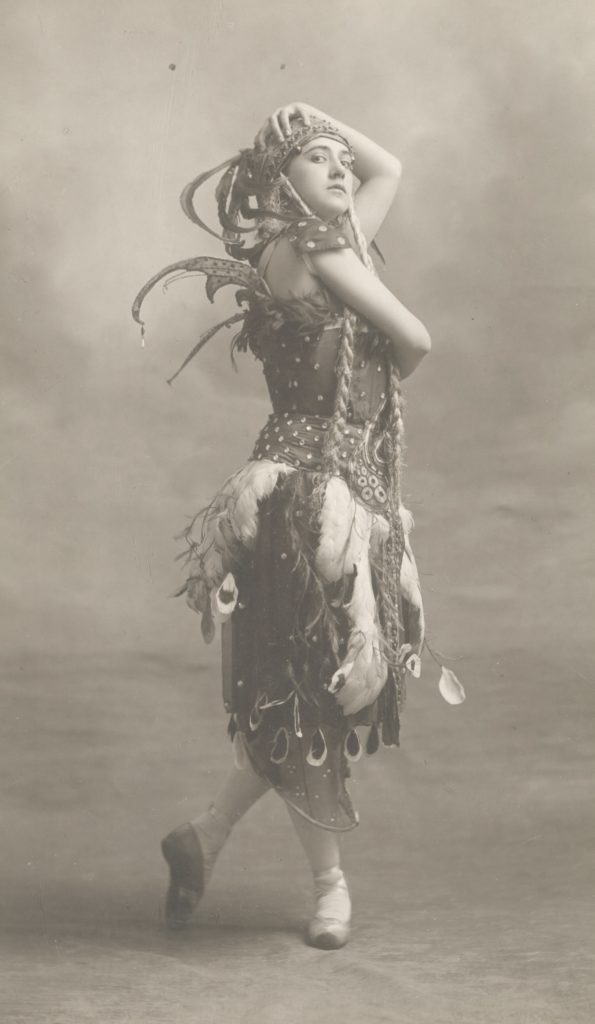
Karsavina in The Firebird, 1910. Photo by A. Bert. © St. Petersburg State Museum of Theatre and Music
The Venetian exhibition has been almost entirely built around Bakst’s stage and costume designs from the large collections of his work held by the Saint Petersburg State Museum of Theatre and Music, and now on show in Italy for the first time. It includes materials related to Bakst’s beginning works for theatre, and a section of his opera productions in the early 1910s: Verdi’s La Traviata, Puccini’s Manon Lescaut, and others. Another interesting section presents rare materials (theatre programs and iconographic items) from the archive of the choreographer Aurél M. Milloss (Ozora 1906–Rome 1988), held by the Institute of Theatre and Opera of the Giorgio Cini Foundation.
This is a precious opportunity to discover the artistic life of a Russian émigré who conquered Europe and America at the beginning of the nineteenth century. His lesson in style is still alive.
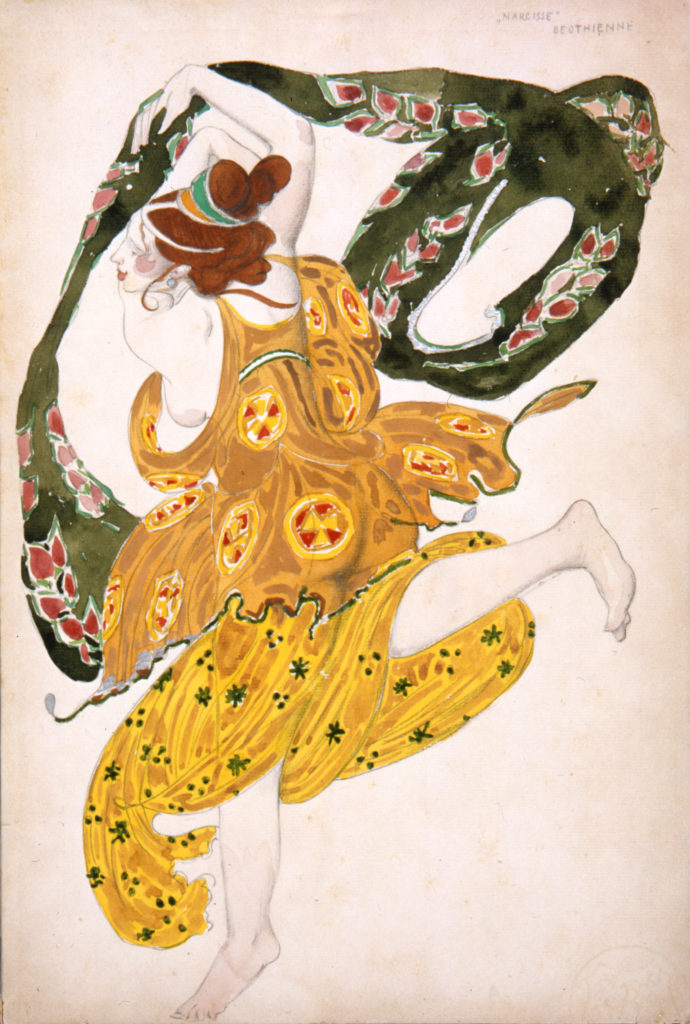
Léon Bakst, costume design for Narcissus, Paris, 1911. © St. Petersburg State Museum of Theatre and Music
Official Website: www.palazzocini.it
This post was written by the author in their personal capacity.The opinions expressed in this article are the author’s own and do not reflect the view of The Theatre Times, their staff or collaborators.
This post was written by Maria Pia Pagani.
The views expressed here belong to the author and do not necessarily reflect our views and opinions.

